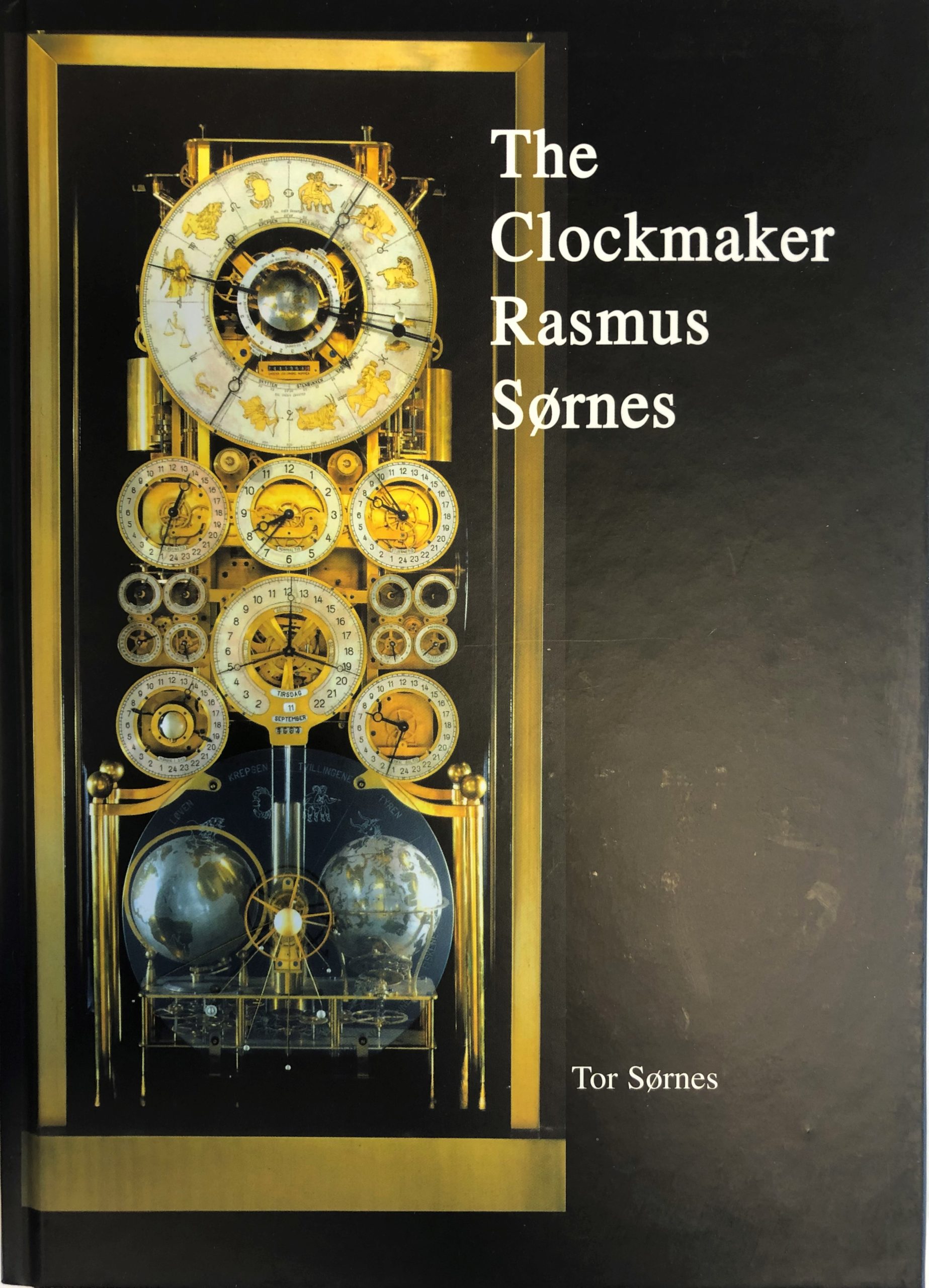

A 'different' Swiss Chronograph: Ebel 1911 Cal.Why does a mechanical watch need servicing?.Timor from Dubbo: Protect it as best you can!.Jeff Sexton, Watchmaker: "the Elgin guy".Lange and Sohne 1815 Automatik Sax-o-Mat Ref 303.025.And let's face it, how many watches of this style do you see every year?ĭesign wise, you are strapping 400 years of horological history to your wrist with this watch. While this timepiece is not destined for the wrist of a perfectionist, it would suit the watch lover who understands and enjoys the history of the regulator. Note: the hands are not perfect as the luminous material has aged and sadly we have been told that it is not possible to source replacement sets anymore. The gold plated tonneau case is fitted with a lightly domed sapphire crystal and the watch also has a date function. That said it is also not Patek priced and is an honest watch that captures the spirit of the regulator well. Absolutely this is no Patek Philippe and we are not suggesting it is incredibly precise or built by hand. The "regulator-style" watch we have for you today is by Oris. They prove to be interesting watches and something different from the norm, and are not something we see on a regular basis. While these are not true regulators as such, they are certainly regulator in style. In more recent years some watchmakers wanting to respect the tradition of the regulator have created watches that emulate the design. Therefore the regulator design remained the Clockmaker's domain. As literacy was minimal for the masses, telling the time on the local church clock was as close as most came to reading and the regulator dial layout was seen as potentially confusing. Only wealthy and educated individuals owned a clock or a pocket watch. Not to mention a 'small' fact that it was out of reach for most. Naturally with the time telling being of a different design than a normal clock dial, a regulator was not popular in a domestic situation.
#Www clockmaker com portable
If you lived any distance from the main country time source, you would weekly hop on the train with your best portable timepiece and 'collect the time' from the central timesource then when back home, transpose this to your regulator. The workshop regulator was the 'fire you never let go out'. The only better clock thank his regulator was the astronomical clock at London observatory ! A completed and adjusted clock would be then used as a MASTER CLOK in his workshop. It was his 'final exam' and initiation into trade. Regulators kept time within a few seconds per year!īack at times when clockmaking was a real profession, clockmaker would have to have built his own regulator from scratch. Every piece of work completed would be set from this timesource, so it was very important.

It was the job of these specialised clocks only to keep time in the clockmaker's workshop. It is a precise timekeeper, devoid of frivolity no striking hours, no moonphase, no repeating or other functions. In clockmaking, the regulator is watchmakers or clockmakers timesource.

With its own set of markers, ensuring the display remains independent of the other hands. It has a unique dial arrangement where the minute hand is located in the center of the dial and the hourĪnd seconds are located above and below the minute hand, vertically aligned. A regulator is a high precision weight driven clock, fitted with dead beat escapement and with compensate pendulum.


 0 kommentar(er)
0 kommentar(er)
